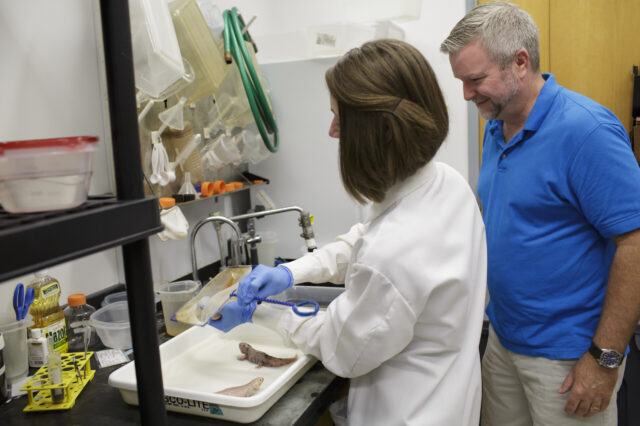Your skin is the largest organ of your body. It is also one of the most important. It is composed of many layers of skin cells.
New skin cells are generated on the inside of the skin as old skin cells on the outside die and shed. In this way, your skin is constantly renewing itself from the inside.
Contained within the layers of the skin cells are:
- Network of blood vessels that nourish the skin cells, the structures that grow like hair
- A web of nerves that sense temperature, pressure and pain
- Glands which secrete oils and sweat
Some of the functions of your skin are to:
- Cover and protect you from infection
- Enclose and control the fluids within you
- Control the temperature of your body
- Secrete fluids like sweat to cool you and oils to lubricate your skin
- Sense pain, temperature, texture, etc.
How Skin Heals
A skin wound heals from the bottom up and from the edges inward. In the first stages of healing, the basic connective tissue of the skin collagen expands into the wound area. This builds the framework to support the rebuilding of the skin.
Once the collagen structure is in place, the expanding network of blood vessels migrates to it. As the nourishing blood supply advances, the skin and nerve cells follow. If enough of the structures residing in the skin survive the injury, then hair pigment, oil and sweat glands may regenerate. If they don't, then the new skin may lack these features.
The depth of the wound determines how well it will heal. Most wounds do not penetrate completely through all the layers of the skin (partial thickness) and will heal eventually. If the skin has been destroyed (full thickness) over large areas, such as in severe burns, it can't grow back properly.
The healing of large wounds may be complicated by other factors. Infection can slow the healing process or even lead to further tissue destruction. Additionally, as a wound heals, the edges are drawn together by a process called contracture. On a small scale, the process of contracture helps close small cuts and injuries to skin. But when it occurs in a large wound, particularly those over joints or mobile areas (neck, shoulder, elbows, hand, etc.), this tightening of the newly healing skin can limit or even freeze movement of the affected area.

